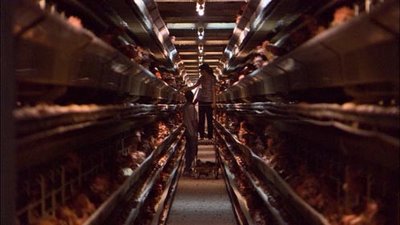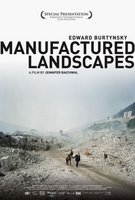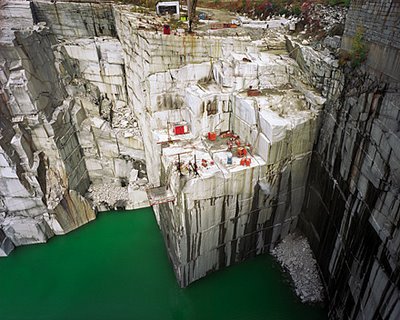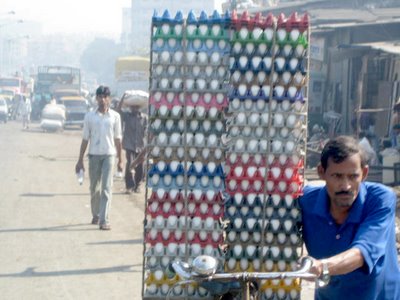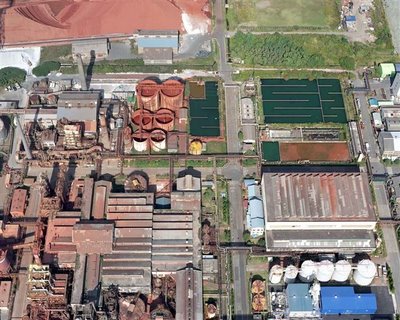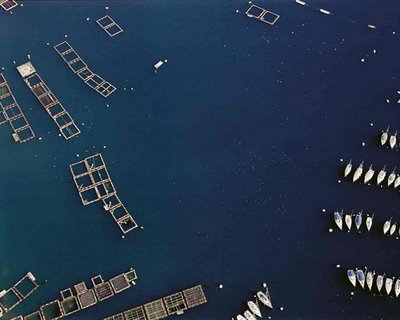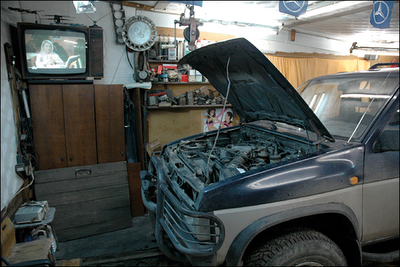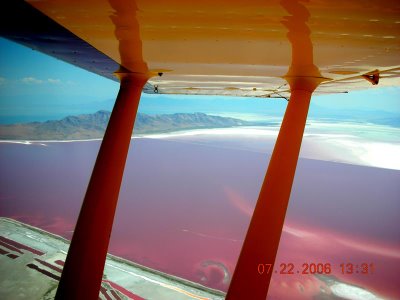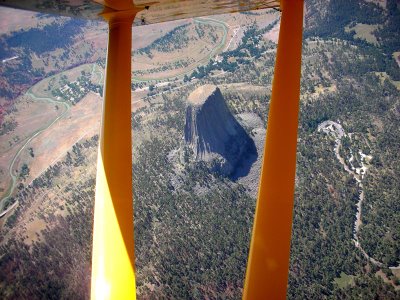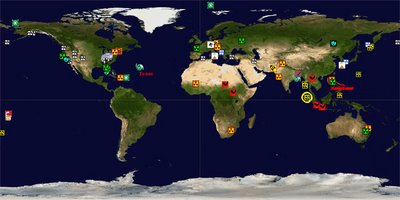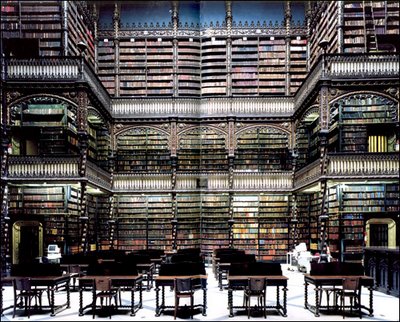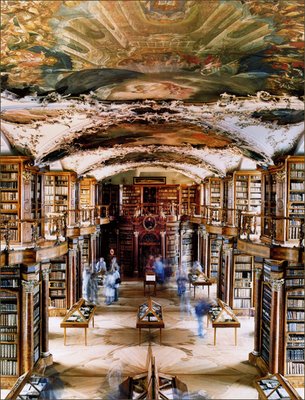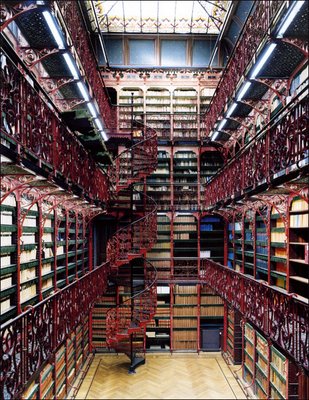In an effort to keep BLYGAD readers in the AFH 'know', I'm rolling out the Massive Monthly, a monthly Architecture for Humanity news update that will usually correspond with the AFH monthly newsletter (of course, you could always just go straight to the source and sign up for the newsletter). So, with little time to waste, and a massive amount of news to cover, let's jump in:
AFH LOCAL CHAPTER NEWS
We're happy to welcome three new AFH local chapters to the family: Venice Beach California, Ames Iowa, and Austin Texas. In other chapter news, AFH San Francisco has a new website and is recruiting members. And, as always, You can find links to all of the AFH Local Chapters with a web presence in the sidebar to the right.
AFH INTERNATIONAL NEWS - THE OPEN ARCHITECTURE NETWORK
The Open Architecture Network is an idea on the grandest scale, it's also quite a mouthful to try and describe so I'm going to leave it up to the man behind it all, Cameron Sinclair:
"Since winning the TED Prize in March we've been working with a number of technology companies to develop a new community and gathering place for those interested in improving the built environment to collaborate, implement and research sustainable innovative projects and practices around the world. Architects, community groups, international NGOs and others could post their own projects, search and review the work of others, contribute to shared resources, collaborate with each other and access project management tools to help implement projects in the field. As a place that helps turn ideas into realizable projects, we are also looking into building user-generated content, materials, technologies, building codes, contracts and other resources. Coupled with this is an open licensing system developed through Creative Commons. We imagine a site that not only helps create, support and implement ideas, but also a place that fosters sustainable, replicable, adaptable and scalable design solutions. The network has a simple mission; to generate design opportunities that will improve living standards for all. We want to launch in 2007 so help us get it done."
And on the hush-hush, we've learned that a new AFH International website is in the works. And with it, a new graphic identity for AFH International. The new site will allow humanitarian designers and community groups to interact in new ways as the community expands, as well as offer a better showcase for all of the great projects going on across the world.
WORLDCHANGING AND DESIGN LIKE YOU GIVE A DAMN BOOK NEWS
Some of the hottest design world news at the moment is the release of WorldChanging.com's new book, aptly titled WorldChanging: A User's Guide for the 21st Century. It has a forward by Al Gore, and introduction by Bruce Sterling, and collection of ideas and writings from some of the smartest designers around the world, including AFH's own Cameron Sinclair.
The perfect companion piece to the WorldChanging book is of course the AFH book, Design Like you Give a Damn. And it has just entered it's second printing! Why I haven't mentioned the book here before is inexcusable, so if you haven't heard about it yet, do check it out, it's a beautiful book. With gift-giving season right around the corner, these are two great books to keep in mind for the socially conscious designer in your life.
RIBA GLOBAL WARMING COMPETITION
The Royal Institute of British Architects - USA announced a new international competition called 'Building A Sustainable World: Life in the Balance.' The competition brief calls for
"...a concept for a maximum capacity sustainable community or an urban subdivision to address shifts in global climate, that have been so vividly demonstrated by increasing numbers of flooding and drought catastrophes."
The First Prize is $10,000. Download the full Competition text here.
AND FINALLY, AFHMN NEWS
Just one event to note at the moment. In support of the WorldChanging Book Tour, AFHMN will have some sort of presence at the Minneapolis tour stop. The event takes place on November 8th at the Kingman Studios in Northeast Minneapolis. It looks like it will be a great time.
"There'll be DJs. There'll be snacks and drinks. There'll be chances to meet and mingle with other folks doing worldchanging work in the Twin Cities. There will even be some surprise guests. In fact, we expect that this may be one of most enjoyable events of our entire tour. We hope you can make it!"
Check out the WorldChanging Tour: Minneapolis website here. For information on all WorldChanging Tour stops, check here.
---
Now that you're in the know, we'll return to our irregularly unscheduled content shortly.









